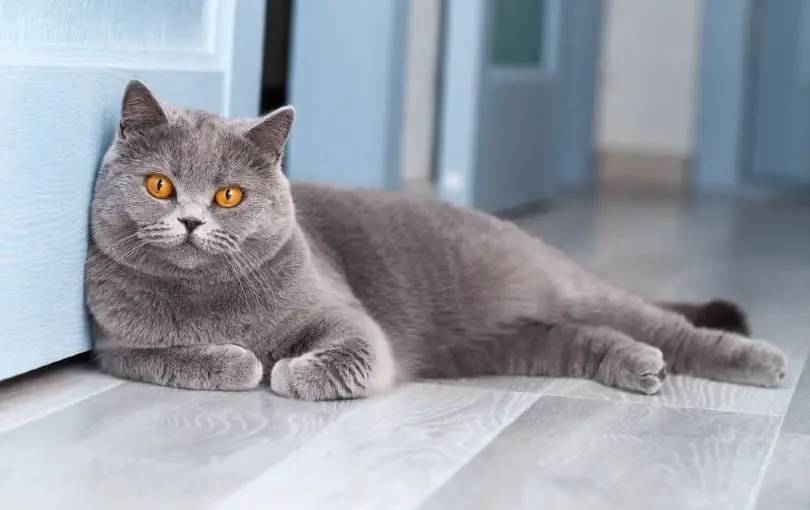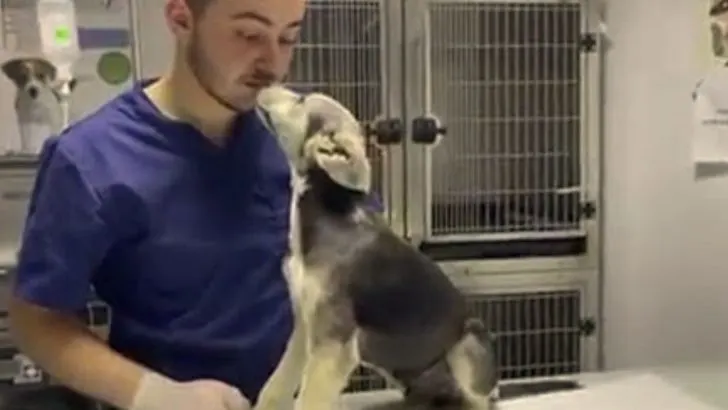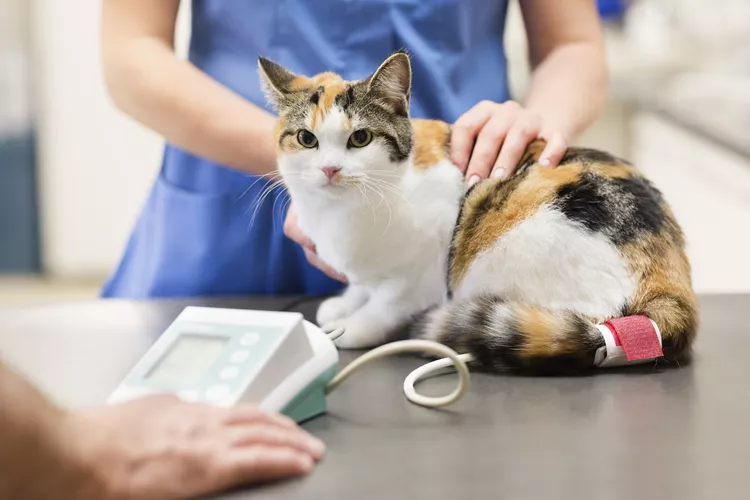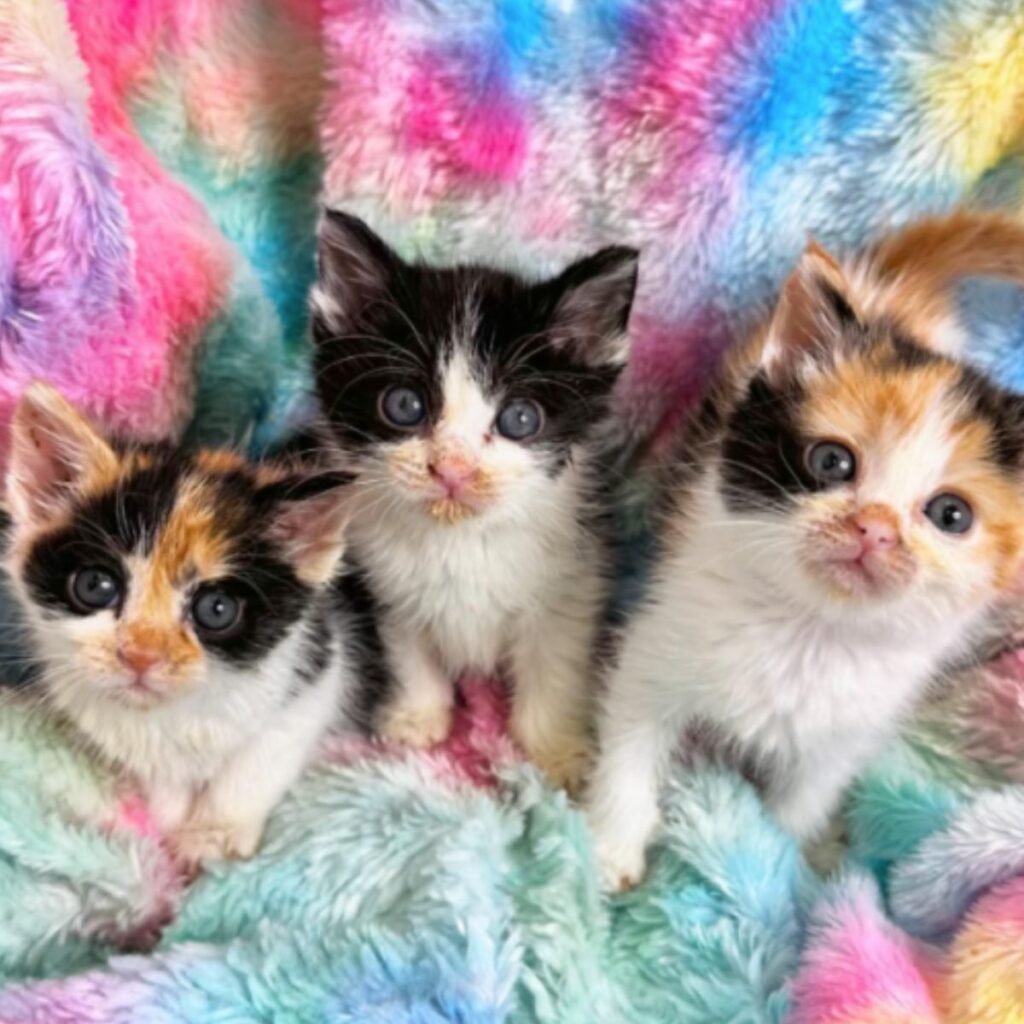Welcome to our guide on British Shorthair cats! This breed is a great pick if you’re looking to add a feline friend. British Shorthairs are known for their loving nature. They are medium to large cats with a cute rounded look. In this article, we’ll look at their traits and offer care tips for a happy, healthy British Shorthair.
Originally from the UK, British Shorthairs come in many colors and patterns. You can pick the one that fits your style. They weigh between 7 to 17 pounds, with males a bit bigger. A British Shorthair can be your companion for 12 to 16 years, bringing joy for a long time.
These cats are friendly but not overly clingy, making them great for families or singles. They are not hypoallergenic, which means they might not be the best choice if you have allergies. If allergies are a worry, talk to a doctor before getting one.
In this guide, we’ll cover the British Shorthair’s history, looks, personality, care needs, and health. We’ll also show you where you can get these lovely cats. So, get ready to learn all about British Shorthair cats!
Read more: Feline Vision: What Colors Can Cats See?
Other Names and Origins
The British Shorthair breed is often called the British blue. This name comes from their common historical color. They came from the United Kingdom originally. At first, they were mainly blue cats.
But, their colors have changed over the years. Now, British Shorthairs come in many solid and patterned colors. You can find them in white, black, blue, and many other colors.
Physical Characteristics
British Shorthairs have medium-to-large bodies. Males and females are similar in size, with females sometimes a bit smaller. Their bodies are topped with a rounded head and cheeks. Medium-sized ears complete their look.
Their large round eyes are truly special. Eye color varies with coat color. You might see them with bright blue, gold, green, or even odd-colored eyes.
Their dense, short coat is another standout feature. It feels plush, adding to their round appearance. British Shorthairs come in many coat colors and patterns.
Coat colors: They can be solid or have patterns. Some colors include white, black, blue, and red. Patterns like tabby or tortoiseshell are common too.
With their unique looks, British Shorthairs make great pets.
Temperament and Personality Traits
British Shorthairs are loved for their charming and easy-going ways. They show lots of love, making them friendly with people and other animals.
They’re excellent with kids, patient and kind to children. For families, they make a great choice as they easily fit in.
They’re not just good with kids, but also with other pets. British Shorthairs often blend well with dogs, cats, even small rodents.
These cats love their human’s attention but are not too needy. They’re happy to play or relax by themselves. So, they suit busy individuals and homes.
British Shorthairs don’t meow a lot. They use purrs and gestures to speak. This trait makes them perfect for those who prefer quiet homes.
Read more: American Shorthair: Cat Breed Traits & Care Tips
Key Personality Traits of British Shorthairs:
- High affection level
- Friendliness towards humans and other animals
- Kid-friendly nature
- Pet-friendly disposition
- Medium energy levels
- Not excessively vocal
With their loving and adaptable spirit, British Shorthairs are great for anyone. Their friendly attitude towards family and pets alike earns them a top spot among cat breeds.
History and Development
The British Shorthair is one of Great Britain’s oldest and most loved cat breeds. It all started long ago with cats wandering the streets. This breed gained popularity over time, winning over many hearts.
Cats from Great Britain were mixed with Persians and Russian Blues to make them even better. From that mix, we got the British Shorthair we see today. They have traits from both, making them truly special.
In 1871, the first cat show in England featured British Shorthairs. They stood out among many breeds, marking their place in cat history.
From England, the breed sailed across the ocean to the United States in the early 1900s. They quickly became a favorite among American cat lovers.
By 1980, the Cat Fanciers Association had also embraced the British Shorthair. This recognition showed its place as a treasured breed worldwide.
Physical Appearance
British Shorthairs stand out because of their unique looks. They are medium to large in size with a strong, well-proportioned body. Their rounded and compact shape is one of their key charms.
Their fur is also quite special. It’s a single, short, and very thick layer. This makes their coat feel soft and look plush but not overly fluffy.
Although many British Shorthairs are blue, there are lots of other color options. Some are solid in color, like white or black, while others have beautiful patterns.
This fluffy coat does more than look pretty. It keeps the British Shorthair warm and cozy. So, they do well in all kinds of weather.
Grooming and Care Tips
Grooming your British Shorthair cat is key to their well-being. Despite their short coat, regular grooming enhances their appearance and health. Here are some important tips for grooming and caring for them:
- Brushing: Since British Shorthairs have a short, dense coat, they need light brushing. Use a soft slicker brush weekly to remove loose hair and prevent mats. You might need to brush more often during shedding seasons to maintain a shiny, healthy coat.
- Nail Trimming: It’s crucial to keep your cat’s nails short to avoid scratches, caught nails, or discomfort. Trim their nails every two to three weeks with a cat nail trimmer. Be careful not to cut too close, which may hurt them and cause bleeding.
- Ear Cleaning: Clean your cat’s ears weekly to stop wax and gunk from building up. Use a cat-safe ear cleaning solution and a cotton ball or pad. Never put anything into their ear as it could injure them.
Seeing the vet regularly is also vital for your cat’s health. Your vet can advise on grooming, diet, and special care. A well-groomed British Shorthair is a content and healthy pet.
Read more: Tuxedo Cat Care: Tips for a Happy, Healthy Pet
Exercise and Enrichment
British Shorthairs love to play and need moderate exercise. Keep them active and happy by letting them explore and play. Toys like feather wands and toy mice are perfect for this.
They also like to climb and perch. Offer cat trees or high furniture for them to climb. This will meet their need for climbing and exercise.
Scratching is natural for cats, including British Shorthairs. Provide scratching posts or boards to save your furniture. It keeps their claws healthy and their minds sharp.
Adding these activities to your cat’s day will keep them happy and healthy. It’s important for their well-being to have both physical and mental exercise.
Health and Disease Prevention
British Shorthairs are usually very healthy. They don’t often suffer from known genetic problems. Still, they might have some health issues, just like other cat breeds do.
Heart Disease: These cats might be more at risk of heart issues like hypertrophic cardiomyopathy. This condition affects how the heart muscle works. Watching your cat’s heart health and talking to your vet a lot can help find problems early.
Weight Management: Keeping these cats at the right weight is vital. It helps avoid problems like diabetes and heart issues. To do this, give them the right food and lots of play and exercise.
Regular vet visits are key to keeping your cat healthy. Your vet can advise you on diet, exercise, and preventive care. This is important for your cat’s specific health.
Finding a British Shorthair Cat
Thinking about getting a British Shorthair cat for your home? Here are steps to find the ideal one.
- Breeders: Start by looking for good British Shorthair breeders. You can get a list of breeders from places like the Cat Fanciers Association (CFA) and the International Cat Association (TICA). They know a lot and can help you pick a healthy, friendly kitten.
- Cat Shows: Go to local cat shows to see British Shorthairs in person. These shows let you meet breeders and see many cat breeds. You can learn all about British Shorthairs from experts who are happy to answer your questions.
- Adoption: Considering adopting an adult British Shorthair is a great way to help. Sometimes, local breeders have adult cats that need new homes. By reaching out to them, you might find a loving, mature cat. Adopted cats bring unique joy, often fitting in as beloved family members quickly.
Research is key when picking how to get your British Shorthair, whether from a breeder or through adoption. Make sure the breeders are caring and put the cats first. Ask questions, visit the place where the cats are born and raised, and observe. These steps help you find a British Shorthair cat that will be a delightful addition to your family.
Read more: Norwegian Forest Cat: Majestic Feline Guide
Training and Socialization
British Shorthairs might be harder to train compared to other cats, but early training is still good. Start them young. Even if they don’t learn as fast, using rewards works well.
Playing with them is important. Use toys that make them think. It’s also good exercise. This prevents them from getting bored and acting out.
They are loving but like their space, too. British Shorthairs connect strongly with their humans and stay loyal. They fit well with families and other pets. Yet, introducing them properly to others is key.







